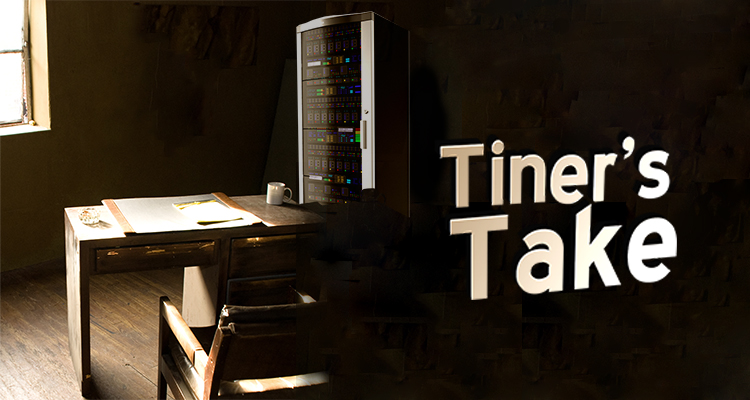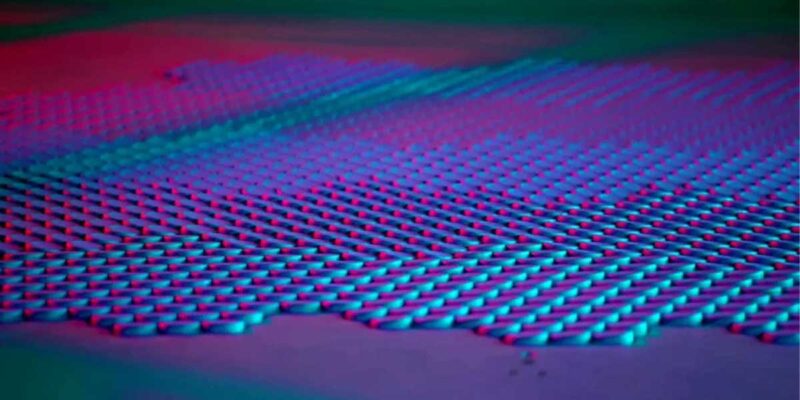Virtual Reality: Opportunities for the Classroom
 As a digital subscriber to the New York Times, I was frustrated when they announced they would be sending Google cardboard to their print subscribers. I was on the verge of dropping the whopping $15 that could have bought one on Amazon, when the Times told me they were sending them to some of their digital subscribers. Yes! I was pessimistic about the product, but interested in trying it out.
As a digital subscriber to the New York Times, I was frustrated when they announced they would be sending Google cardboard to their print subscribers. I was on the verge of dropping the whopping $15 that could have bought one on Amazon, when the Times told me they were sending them to some of their digital subscribers. Yes! I was pessimistic about the product, but interested in trying it out.
In anticipation of receiving the product I downloaded the NYT VR app. The app allows you the opportunity to experience the VR without the cardboard. It was an interesting experience, being able to hold the phone in front of you and turn and look around the virtual space, but it certainly lacked the “realistic” view.
Finally, my cardboard arrived. My wife and kids thought I was a bit crazy as I stood there with a cardboard box to my face. I was smiling and laughing while turning my head in all kinds of directions. Come on, they said. How interesting can a piece of cardboard be? Then I let them have a try. They too had big smiles on their faces and uttered things like, “this is so cool” as they experienced the VR. I brought the Google Cardboard to school with me and showed some of my classmates. Like everyone else, they were very skeptical at first and no one wanted to be the first one to try it. Most of them had never heard of cardboard and were convinced it was a joke to make them look funny. Then one brave soul tried and from his reaction, everyone else wanted to jump in and try it.
Don’t get me wrong, the Google Cardboard is not an experience that equates to watching The Force Awakens in an IMAX theater (something I plan on doing very soon). It is more comparable to the the modern viewfinder. It is not the quality of the video that amazed all of us, but rather the technology. It was very realistic. In fact, I started suggesting that people sit down when they use it. Due to the realistic nature of the video, people want to walk around the experience, and look down to see their feet. This is not a good idea when you can not actually see your environment and you are wearing headphones.
It was immediately clear to me that this technology has a future in the classroom. I can easily imagine a student who is studying French, using the cardboard to take a walk around Paris, or look at the Eiffel tower, or visit the Louvre. Of course this can all be done today via online videos or text books, but this experience makes you feel like you are REALLY there. Additionally, the student can make their own choices about what they want to see at the Louvre or around the city. Other examples include students being able to experience and study geography of the world.
The future of the technology is also very promising. It is easy to imagine a future where the user of the VR device can become a part of the video. That is, they can interact with the people and objects they see. Rather than standing in a single space, they will be able to move around and explore. One of the reasons I am so excited about this technology is the seeming affordability. The cardboard can be purchased for anywhere from $10-$15 online. Additionally, you can even download plans and make your own. Although, if you do that you will need to get the plastic lenses. From that point, all the technology and software exists on your smartphone. This is very promising for the future development, and a brilliant move by Google. Rather than tying people into an expensive VR device Google is leaving that to the app developers of the world. Additionally, so many students already have their own smart phones or iPods that they can do this on their own. If not, a school can invest in traded in iPhones for a very small investment. A promising future when thinking about costs going forward. Google has even started a program called “Expeditions” when they go into classrooms and loan the technology to schools.





